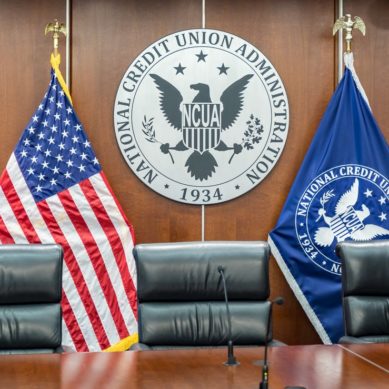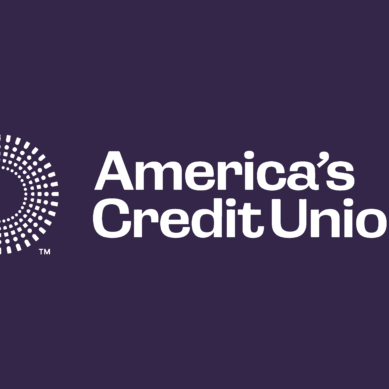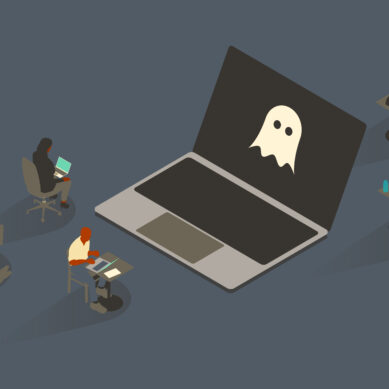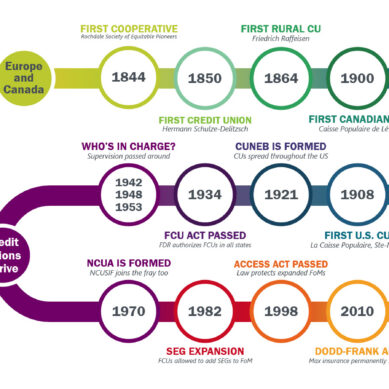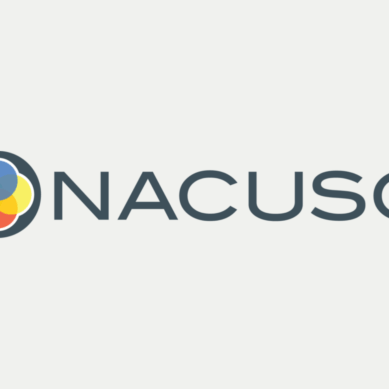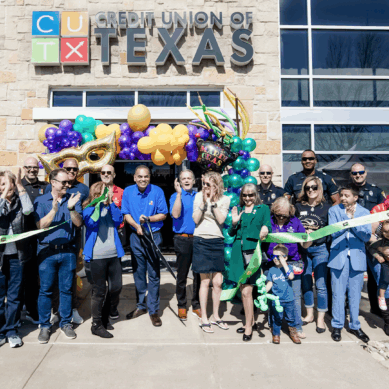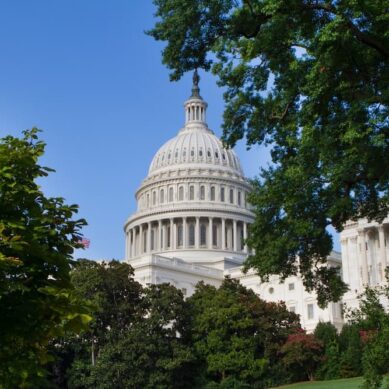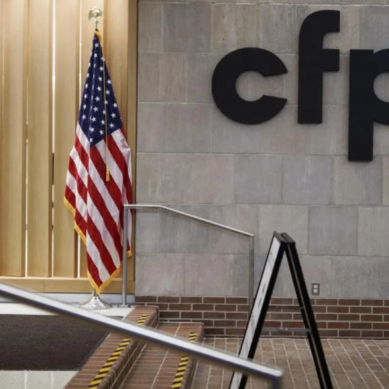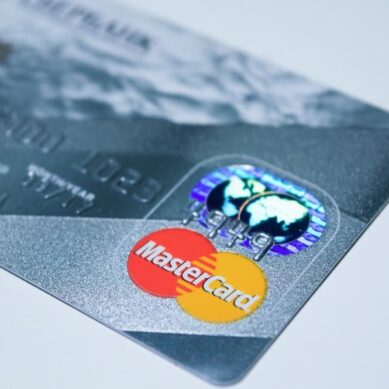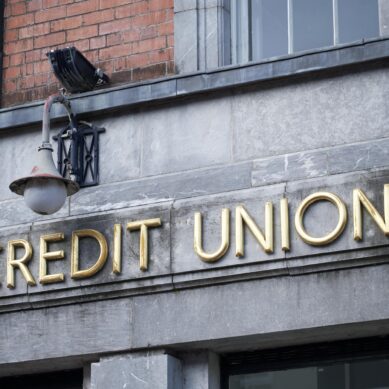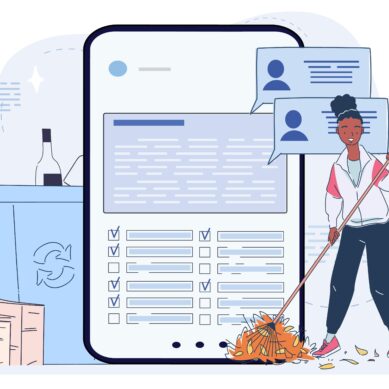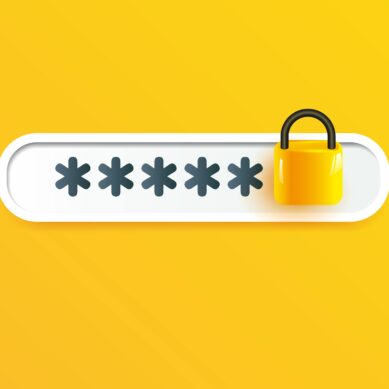Right now, in the United States, there are over 42 million student loan borrowers holding over $1.7 trillion in outstanding student loan debt. While a small portion (and by small, I mean a few billion) is held by private lenders, over 99% of the loans belong to the federal government. For decades, federal student loans have always been preferable to taking out private loans—even if the latter offers better interest rates—due to the protections and programs such as income-driven repayment plans, forgiveness plans, forbearance options, and more that come with federal loans.
However, this landscape could very soon undergo a dramatic shift, with new and old borrowers leaning away from federal loans to private loans, as sweeping reform to the federal loan system over the last few months has left many struggling. In the wake of these changes, credit unions can and should step up as an alternative to the federal system, with low-interest loan offerings that include added incentives and benefits for those looking to consolidate or refinance, or even simply as a trusted financial partner members can lean on during this difficult time.
Changes to the student loan system
Back in March, an executive order was issued to begin the process of shuttering the Department of Education, which oversees the application for, distribution of, and repayment of student loans. Though the Department of Education cannot be fully closed, as it was created by and therefore must be removed by Congress, it has been stripped down to its core functions and had its staff size gutted. According to reports, the Federal Student Aid office of the Department of Education, which oversees student loans and Pell grants, took some of the hardest staffing hits, losing nearly half its employees.
That same month, the administration stopped accepting applications for income-driven repayment plans (IDR), and a federal court issued an injunction on several of these plans as well (though some debate the court didn’t order these plans to fully stop, and the decision to do so was made by the administration). As a result, many of the 42 million borrowers nationwide saw their monthly student loan payments skyrocket, impacting their livelihood and their credit scores, and pushing thousands into default.
And while these changes may truly be “temporary” as politicians claim, it doesn’t alter the fact that many who were barely able to get by before are now completely unable to make their payments, while those who may have been unable to before are now drowning in payments and the accumulating interest that goes along with it. And to add a cherry on top of this—or perhaps, moreso, the straw that may break these camels’ backs—the administration also announced it would begin garnishing the wages of those who defaulted on their loans, starting as early as June.
Borrowers in a bind
So what does this mean for borrowers?
Well, for those struggling, the changes to repayment plans might be sinking them economically. For those who had defaulted on loans, garnishing their wages will be an absolute gut punch for those living on survival budgets and functioning paycheck to paycheck (which they likely are if their loans are in default). Even those who were managing their payments before may now find themselves weighed down with the uptick in amounts.
One borrower, Kaitlyn Bradley, revealed on TikTok that thanks to the pause of income-driven payment plans, her monthly payment rose from $250 to $1,025. The sudden, drastic alterations to her monthly payment did more than impact her finances, they tanked her credit score as well. Bradley, while speaking to Newsweek, said she got an unexpected email from Credit Karma alerting her to a score change.
“That is when I noticed that my credit score had dropped almost 150 points,” Bradley told Newsweek. “I then went on Nelnet to see that my payment was now four times what I was asked to pay. That is when I made the video. I’ve pretty much had to use my tax refund to pay it.”
Bradley’s situation isn’t unique either. Another TikTok user reported that her husband’s monthly student loan payment increased tenfold, jumping from $500 per month to a whopping $5,000 per month. Still more, such as Ally Rooker, noted in her TikTok video that her payments nearly quadrupled, going from $250 a month to $900 per month. These voices are just a few of the tens of thousands being affected by these policy changes.
So, what recourse is available to people now finding themselves in these situations? The standard solutions to these problems don’t work inside the federal student loan system at the moment. Even as student loan functions continue on in name at the Department of Education, the lack of necessary staff and systems has resulted in massive delays and often an inability for borrowers seeking help or answers to their rising payments and changing plans to find support.
The standard, recommended solution for those looking to get out of default to prevent their wages from being garnished would require borrowers to enroll in income-driven repayment plans to pay the lowest amount, but as we already discussed, these plans are currently frozen and not accepting new applications. Those who manage to get through to the Department of Education are being told to just put their loans into forbearance until the chaos is calmed, but in forbearance, borrowers will continue to gain interest with no promise of their payments being corrected or IDR plans reinstated.
This group of borrowers is now facing the choice between a rock and a hard place. Do they pay their current amount due (which, remember, has recently shot up by hundreds of dollars to thousands of dollars a month for some and is simply unpayable), allow their wages to be garnished, or do they enter forbearance and hope for relief, even as the interest piles up? Thankfully, there’s a fourth option many borrowers are now considering: their local credit union.
Credit unions: the best choice
Credit unions paying careful attention to these changes might have already seen the opportunity that lies before the industry as a result of these changes and the lurking uncertainty: the potential for a massive shift from federal loans to private loans, whether through refinancing, consolidation, or as new loans for incoming students.
For borrowers striving to but failing to make their payments, refinancing may save them from entering default, having their wages garnished, and ruining their credit score. Even borrowers who were doing well in repayment and can afford to weather these changes may be looking to jump ship, just to get away from the ever-changing state of the federal government’s repayment system, the endless confusion, and the uncertain future that seems to face it. Where once, private loans were seen as a more expensive, risky bet, they are now viewed as a solution—a way out of a potentially crumbling system.
With this shifting landscape in front of us, now is the time for credit unions to ask themselves if they are ready to meet the needs of these borrowers—not just through loan offerings, but through financial support and services in any area they may need. While, of course, a huge focus here should be polishing up existing student loan offerings and consolidation plans (and potentially adding new incentives and benefits for borrowers that make the switch), marketing the credit union’s loan services, and reaching out to members with student loans, credit unions should remember they can serve and support in other areas as well.
Should a member not be looking to move their student loans in the hopes their IDR kicks back in, they may still need help in other areas, such as refinancing their auto loan to get a smaller monthly payment and lower interest rate, saving them money they can use to pay their student loans. Or perhaps they need financial counseling to see where they can find savings or make wiser financial moves. Or maybe they even just need an overdraft fee waived and that $30 back in their pockets.
Borrowers are calling for help, will you answer?
The economic hardship and uncertainty facing many borrowers at present should not be underestimated. With no answers as to when or how income-driven repayment plans will be reinstated, whether or not forgiveness plans will remain, and if payment amounts will ever correct themselves, and with the deadline for wage garnishment on the horizon, the federal student loan system is financially incapacitating borrowers nationwide.
Perhaps more than ever before, we are seeing an influx of borrowers looking to transition from federally-held loans to private loans. The credit unions that take the time and effort to support these borrowers now with flexible, lower-interest loans and financial support where they need it most will be rewarded with member growth, increased member loyalty, and a growing loan portfolio. Supporting members is what credit unions do best. As not-for-profit institutions with the mission of people helping people, now is the perfect opportunity to practice what we preach while benefiting both members and the credit union.

